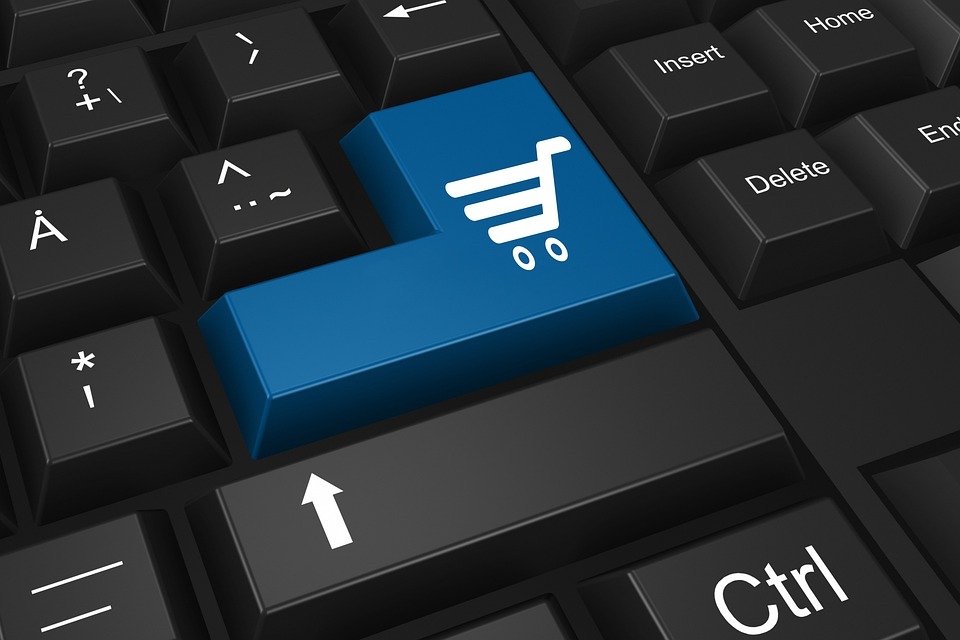The Convenience Factor: Why social selling is crucial for the future of retail customer service

Success in ecommerce and retail today hinges on consumer convenience. It is fast becoming a powerful tool in the e-commerce industry, transforming the way businesses engage with their customers and increasing sales through social commerce. Being able to tap into social media networks and their platforms makes it a game-changer in the industry because of its […]
Getting Ahead of the Festive Rush: Key strategies for a successful peak season

As the calendar inches closer to the festive season, businesses across the retail and ecommerce landscape brace themselves for the inevitable surge in activity. The weeks between Black Friday and Christmas have long been the defining period of the year for many retailers, often representing the difference between a successful year and one of missed […]
Retailer customer service being undermined by failed delivery slots

A new study, carried out by post-purchase customer experience provider parcelLab and e-commerce customer care and fulfilment specialist Salesupply, highlights significant gaps in delivery reliability, tracking transparency and customer service automation for major UK retailers, as well as disappointing shipping fees. The UK’s Top 100 Retailers’ Post-Purchase Secrets Report 2024 reveals critical areas where retailers need to improve to enhance customer satisfaction and retention, with a […]
Generative AI ‘revolutionising’ retail customer communication channels

From revolutionising the nuts and bolts of supply chain operations to turbo-charging customer service, generative artificial intelligence (genAI) stands on the forefront of innovation in retail – its ability to fabricate hyper-customised content is turning the tables in marketing and communication strategies. That’s according to says GlobalData, with the analyst’s Practice Head of Disruptive Tech […]
Demand for a blended omnichannel customer experience grows

While almost half of consumers (47%) preferring to visit the high street to shop for clothing in person, new research indicates consumer readiness to shop in-store now comes with a new set of expectations when it comes to ongoing engagement. That’s according to NTT DATA, which says that over the past couple of years, consumers […]
The Store Re-Imagined: 3 tips for delivering tomorrow’s retail experience today

By Alex MacPherson, Director of Solution Consultancy and Account Management, Manhattan Associates There are few in retail circles who would argue that the role of the Store is the same as it ever was. With the rate of change accelerating like never before, consumers are throwing new challenges at retailers faster than they can implement solutions. […]
Peak season delivery is more complex than ever: Here’s how to address the critical CX challenges and more

By Andrew Tavener, Head of Fleet Marketing EMEA, Descartes With the holiday shopping season fast approaching, retailers are bracing for the logistical and customer service challenges that accompany peak season volumes. This year, though retailers face added complexity as they continue to struggle with inventory issues, staff shortages, and ongoing supply chain disruptions – not […]
The importance of CX in the retail industry

There’s no denying that the past year has had a huge impact on the retail industry, from supply chains to customer service. With stores closing their doors and e-commerce booming, retailers had to adapt their processes rapidly to meet new customer behaviours and needs. Retail technology saw a boom, click & collect became more popular […]
Blended human and digital customer service tops investment focus for retailers

Capabilities that bridge the online/offline customer experience gap prove a key investment focus for UK retailers over the next two years. That’s according to the latest report from iAdvize, which polled 50 senior UK retailers in its ‘Blueprint For The New Digital Store Associate In The Age Of Conversational Commerce’ report. It says that with 40% of UK shoppers […]

